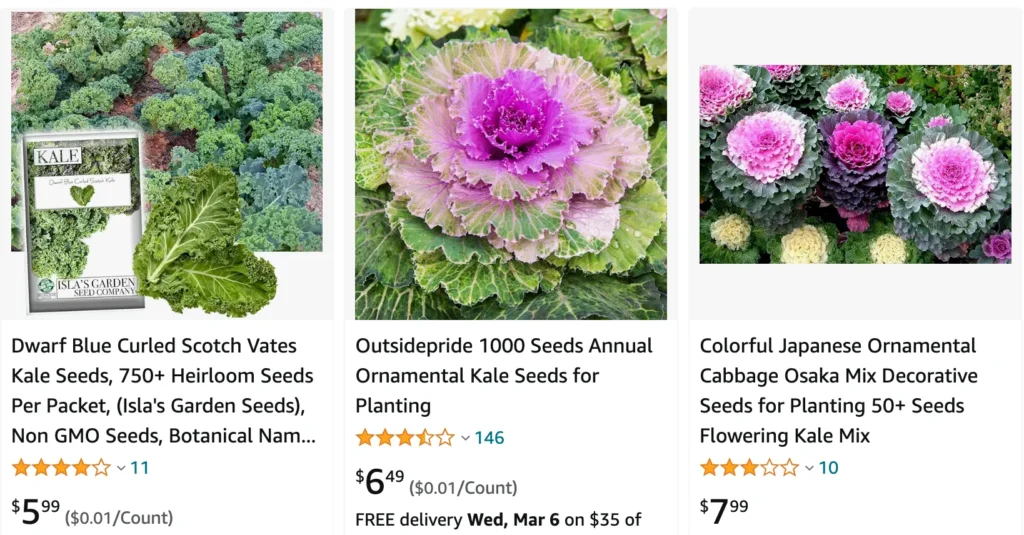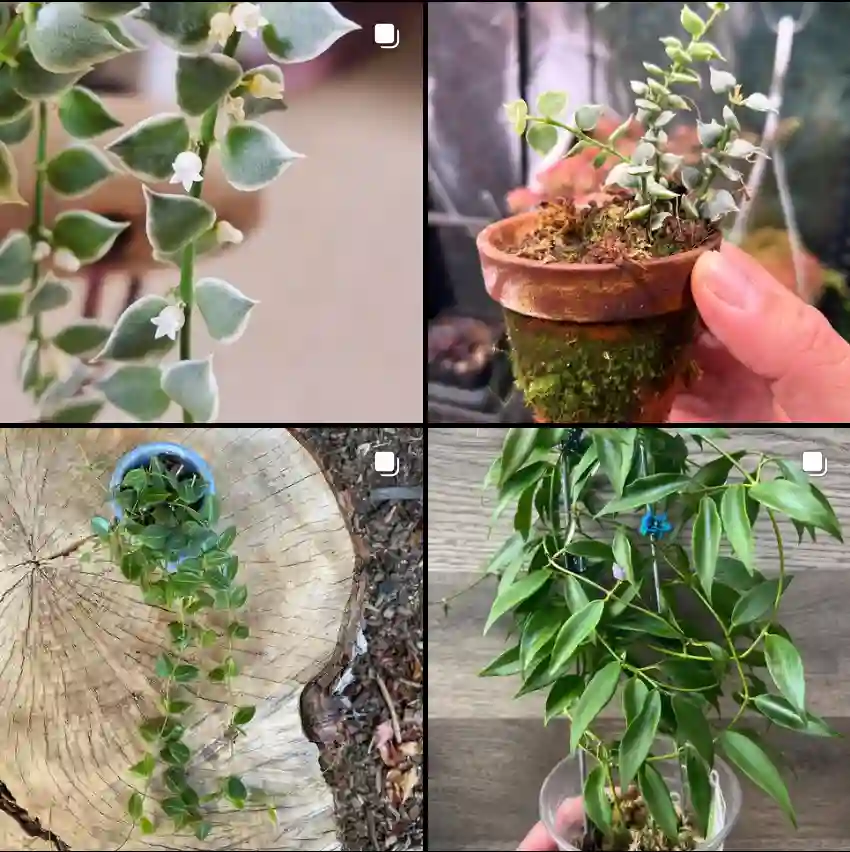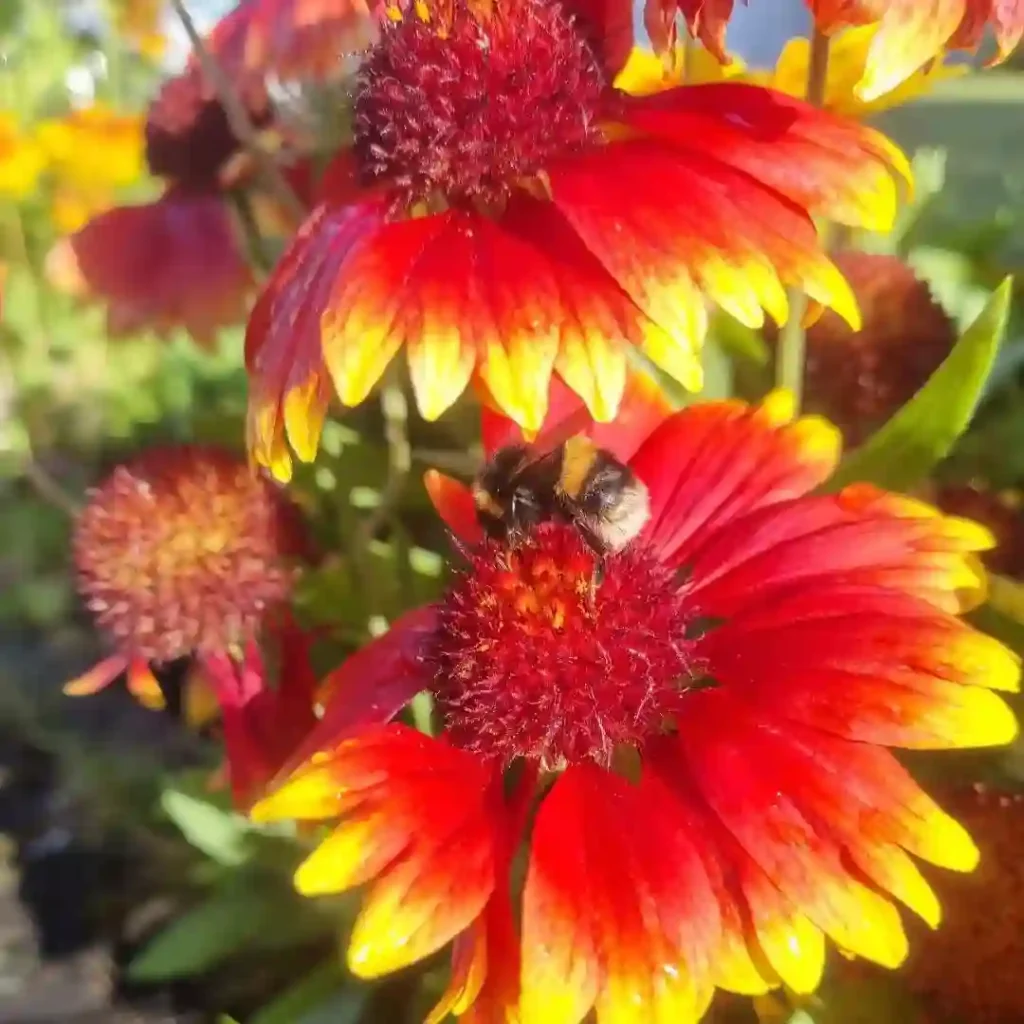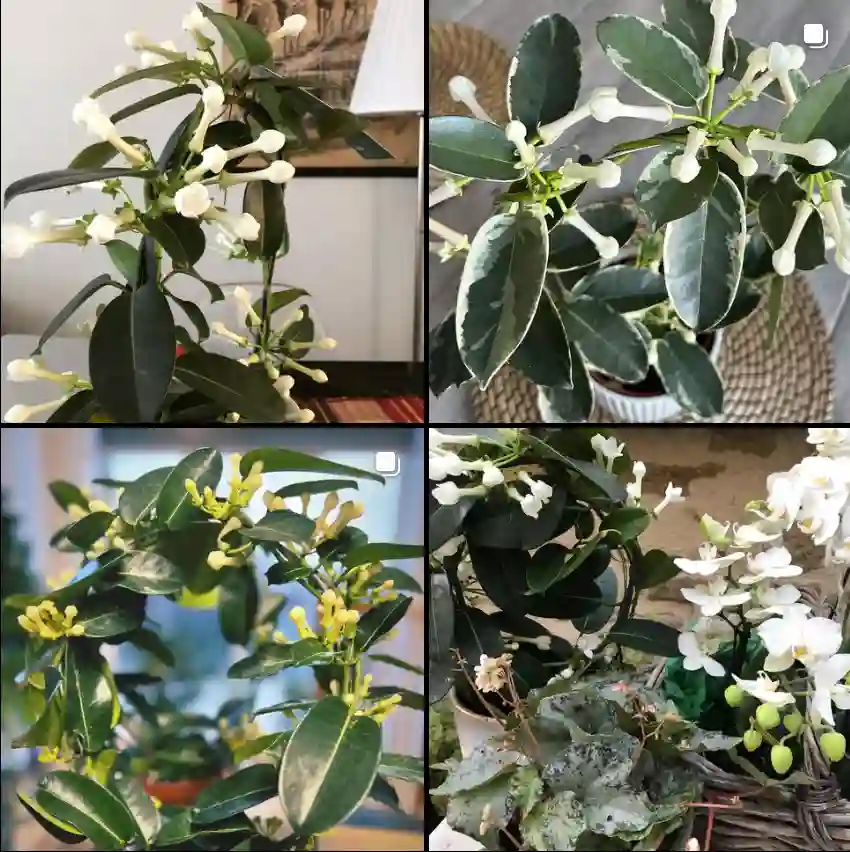
What is Brassica oleracea?
Brassica oleracea, well, that’s a fancy scientific name for something more familiar than you might think: cabbage! Yeah, I was just as surprised when I found out. It’s like discovering the scientific name for something you eat all the time. Makes you see it in a different light, you know?
42 Species in Genus Brassica
What does Brassica oleracea contain?
So, Brassica oleracea, or cabbage, contains a bunch of good stuff. I mean, it’s packed with all those vitamins and minerals they always tell you to eat more of. I remember my mom saying, “Eat your cabbage, it’s good for you!” Turns out, she was right.
What effects Brassica oleracea growth?
Now, when it comes to growing Brassica oleracea, let me tell you, it’s not always smooth sailing. I tried my hand at gardening once, and let’s just say, it’s a learning process. Things like soil quality, sunlight, and watering can all affect how well your cabbage turns out. It’s like they have a mind of their own sometimes!
What genus is Brassica oleracea?
Brassica oleracea belongs to the Brassica genus. Sounds pretty official, right? I guess scientists like to organize things neatly into categories. But for me, it’s just another name to remember when I’m talking about cabbage with my friends.
Brassica Oleracea vs Brassica Rapa
In my garden, I’ve found that Brassica Oleracea, like kale and broccoli, has a more robust flavor and stands up better to my varied cooking experiments compared to Brassica Rapa, which, while tender and quick to grow, often lacks the same depth of taste in my dishes.
Brassica Oleracea vs Staphylococcus Aureus
I’ve never had the chance to compare Brassica Oleracea directly with Staphylococcus Aureus in a practical sense, but if I had to, I’d definitely say my experiences with Oleracea, whether growing or cooking, are far more enjoyable than dealing with the frustrations of a bacterial infection like Staphylococcus Aureus!
What is the common name for Brassica oleracea?
You know, I never really thought about it, but Brassica oleracea doesn’t exactly roll off the tongue, does it? That’s probably why most people just call it cabbage. It’s easier to say and everyone knows what you’re talking about.
What is the food species Brassica oleracea?
Speaking of food, Brassica oleracea isn’t just cabbage. Nope, it’s like this whole family of veggies! Broccoli, cauliflower, Brussels sprouts, they’re all part of the Brassica oleracea crew. It’s like a vegetable family reunion on your dinner plate.
How to pronounce Brassica oleracea?
As for pronunciation, well, let’s just say it’s not the simplest word out there. I remember stumbling over it the first time I tried to say it out loud. But once you get the hang of it, it’s not so bad. It’s like anything else, practice makes perfect.
Can you eat Brassica oleracea?
Now, can you eat Brassica oleracea? Absolutely! I mean, why else would we grow it, right? Whether it’s steamed, sautéed, or even raw in a salad, cabbage and its Brassica oleracea cousins are definitely on the menu.
How to grow Brassica oleracea?
If you’re thinking about growing Brassica oleracea, let me tell you, it’s not for the faint of heart. I mean, sure, it’s not rocket science, but there’s definitely a learning curve. You’ve got to make sure they have enough space, the right nutrients, and don’t even get me started on pests! But hey, there’s nothing quite like the satisfaction of growing your own veggies, right?
Is Brassica oleracea a perennial?
Now, here’s a fun fact: Brassica oleracea isn’t a perennial. Nope, it’s more of a one-and-done kind of plant. You plant it, you grow it, you harvest it, and then it’s done. Unlike some other plants that come back year after year, cabbage and its relatives are more like seasonal visitors in the garden.
Is Brassica oleracea edible?
And speaking of eating, Brassica oleracea is definitely edible. I mean, that’s kind of the whole point, right? Whether it’s crunchy cabbage in a salad, tender broccoli in a stir-fry, or roasted Brussels sprouts on the side, there’s no shortage of delicious ways to enjoy Brassica oleracea.
Is cabbage Brassica oleracea?
Cabbage and Brassica oleracea are like two peas in a pod. Well, more like two veggies in a garden, but you get the idea. So next time you’re making coleslaw or stuffed cabbage rolls, just remember, you’re dealing with Brassica oleracea in all its leafy glory.
Why are there so many types of Brassica oleracea?
Now, why are there so many types of Brassica oleracea? That’s a good question. I guess nature just likes to mix things up sometimes. Plus, different varieties have different flavors and textures, so it keeps things interesting in the kitchen. From sweet cauliflower to peppery arugula, there’s a Brassica oleracea for every palate.
Types of Brassica Oleracea
1. Wild Brassica Oleracea (Brassica Oleracea var. Oleracea)
In the rugged landscapes of coastal southern and western Europe, wild Brassica Oleracea thrives. Known for its hardiness and tolerance to salt and lime, this uncultivated form paints a picture of resilience. Its natural occurrence, often limited to limestone sea cliffs, showcases its adaptability to challenging environments. The tall biennial plant, with its stout rosette of large, fleshy leaves in the first year and a striking flower spike in the second year, stands as a testament to the wonders of wild Brassica Oleracea.
2. Cultivated Varieties: A Kaleidoscope of Flavors
Acephala Group (Kale, Collards, Ornamental Cabbage, Ornamental Kale, Flowering Kale, Tree Cabbage)
The non-heading cultivars of the Acephala group, including kale and collard greens, remain reminiscent of the natural wild cabbage in appearance. Their leaves, with varying textures and shapes, bring a hearty and nutritious addition to the table.
Alboglabra Group (Chinese Kale, Chinese Broccoli, Gai Lan, Kai Lan)
The Asian Cuisine cultivars of the Alboglabra group, with members like Chinese kale and gai lan, introduce a distinctive touch to culinary adventures. Their flavors, often described as slightly bitter and earthy, add depth to stir-fries and Asian-inspired dishes.
Botrytis Group (Broccoli, Cauliflower, Broccoflower, Calabrese Broccoli, Romanesco Broccoli)
The cultivars forming compact inflorescences in the Botrytis group bring the familiar faces of broccoli and cauliflower to our plates. From the classic broccoli to the mesmerizing fractal patterns of Romanesco broccoli, this group showcases the artistic side of Brassica Oleracea.
Capitata Group (Cabbage, Savoy Cabbage, Red Cabbage)
Cabbage lovers rejoice in the varieties of the Capitata group. From the traditional green cabbage to the crinkled leaves of savoy cabbage and the vibrant hues of red cabbage, this group adds color and crunch to salads, coleslaws, and hearty dishes.
Gemmifera Group (Sprouts, Brussels Sprouts)
The Gemmifera group brings forth the tiny, cabbage-like buds we know as Brussels sprouts. These miniature wonders, often roasted or sautéed, offer a delightful burst of flavor and are a favorite during the fall and winter seasons.
Gongylodes Group (Kohlrabi, Knol-Kohl)
Kohlrabi, a product of the Gongylodes group, is a unique cultivar with a swollen stem. Its crisp texture and mildly sweet flavor make it a versatile ingredient, whether eaten raw, steamed, or added to salads.
Italica Group (Sprouts – Purple Sprouting, Sprouting Broccoli)
The Italica group, featuring varieties like purple sprouting and sprouting broccoli, introduces a touch of elegance to Brassica Oleracea. These sprouting varieties, often heralding the arrival of spring, bring a delicate and tender quality to the table.
Tronchuda Group (Portuguese Cabbage, Seakale Cabbage)
Low-growing annuals with spreading leaves, the Tronchuda group, exemplified by Portuguese cabbage, offer a distinctive texture and flavor profile. These varieties are versatile, suitable for various culinary applications.
If i die, water my plants!



